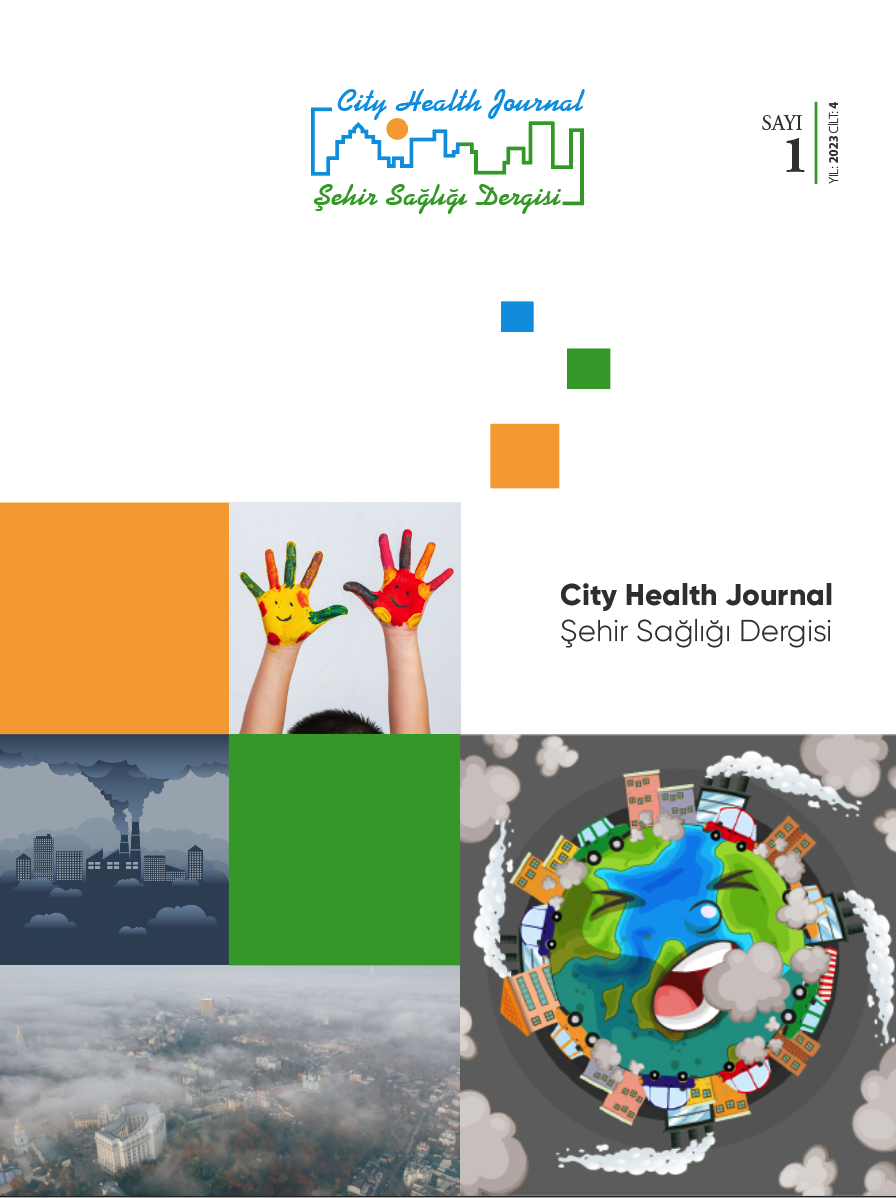COMBINING DIFFERENT FOSSIL FUEL TYPES USED IN CEMENT INDUSTRY WITH RDF AS ALTERNATIVE FUEL AND ANALYZING THE ENVIRONMENTAL AND ECONOMIC IMPACT
Keywords:
cement industry, coal, CO2 emissions, fuel oil, lignite, petrol coke, RDFAbstract
In Macedonia, the recycling rate is extremely low, representing only 1% of the total generated waste, leading to large amounts of waste being landfilled. A solution in line with the waste management hierarchy regarding waste disposal is waste recovery represented through energy valorization by utilizing the remaining valuable components of waste. In order to avoid throwing waste into landfills, there is a possibility to use it as an energy source for clinker production. In the paper, the energy potential of different fossil fuels is analyzed and the environmental aspect from pairing fossil fuels with refuse-derived fuel (RDF) in the cement production process. According to the national legal framework, the cement industry is permitted to use different waste types as alternative fuels, including RDF. The considered cement industry can implement alternative fuels in the production process with amounts up to 30,000 - 35,000 tons per year. The calculations regarding CO2 emissions were performed for 5 different scenarios with various shares of alternative fuels in the fuel mix composition, starting with 0%, continuing with 25%, 50%, 75%, and 100%. Also, an economic effect achieved due to the replaced thermal energy source was calculated, expressed as mass saving of fossil fuel and financial saving derived. The performed calculations showed when RDF is used in the fuel mix with 75% the CO2 emission reduction is 2.9% when used with coal, 7.3% when combined with lignite, and around 2% when combusted with petrol coke. Economic benefits are generated from the mass reduction of fossil fuels by their substitution with RDF. The maximal, theoretical substitution rate was 100% RDF where the financial savings from the reduced coal consumption were calculated to be above 12 million euro, from heavy fuel oil (HFO) saved were below 23,5 million euro, from reduced lignite usage were above 37 million, and from petrol coke saved were 15,4 million euro.
Published
Issue
Section
Copyright (c) 2023 City Health Journal

This work is licensed under a Creative Commons Attribution-NonCommercial 4.0 International License.





